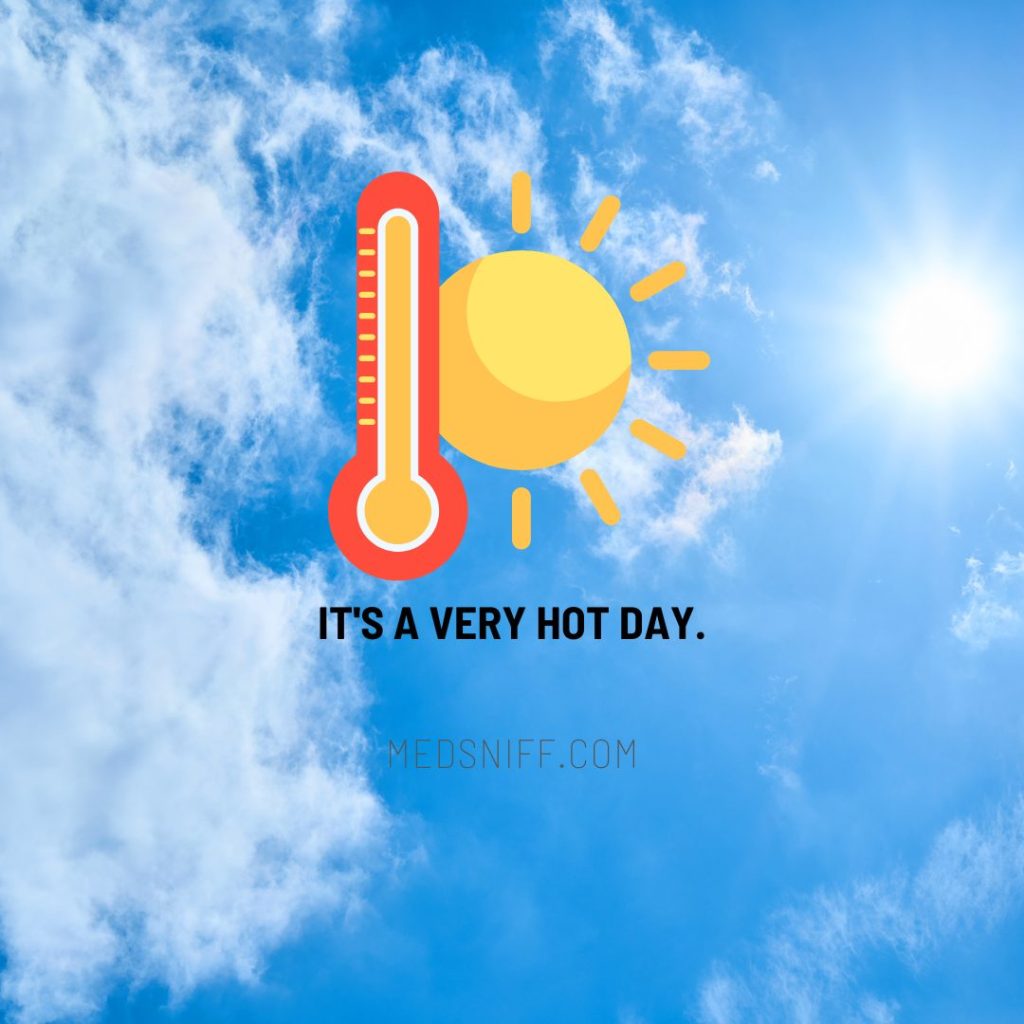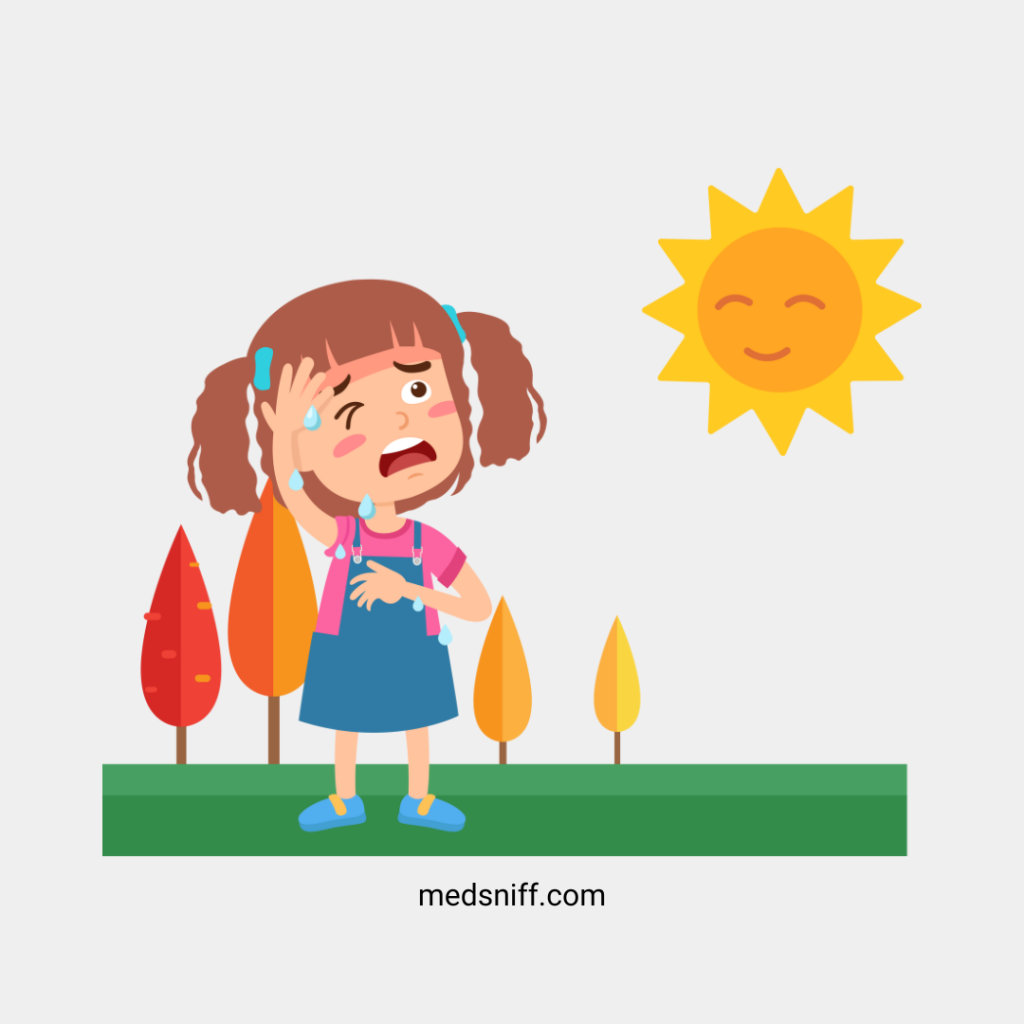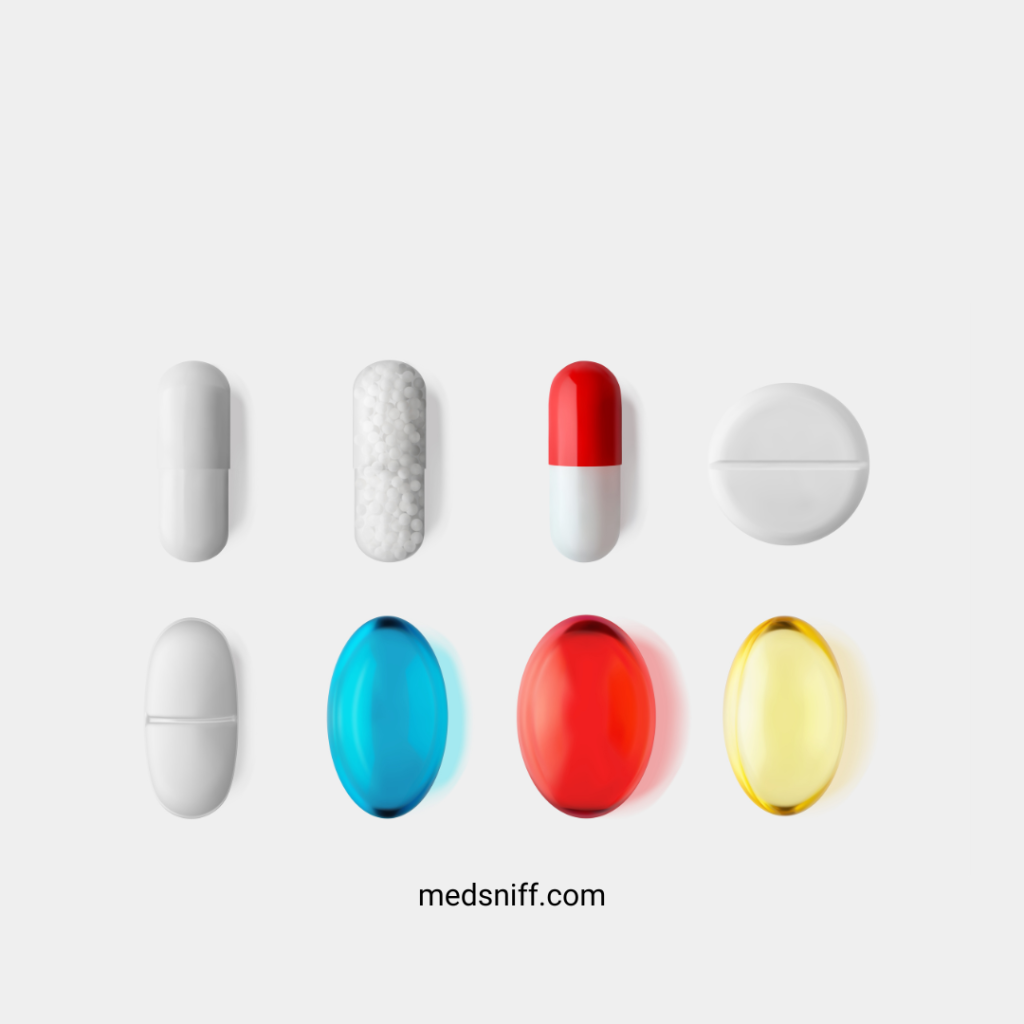
As summer temperatures soar, it’s vital to understand the risks associated with heat-related illnesses, particularly heat exhaustion and heat stroke. Both conditions can pose serious health threats, but they differ significantly in severity and treatment. This blog post provides evidence-based insights from reputable sources, including the NHS (National Health Service) in the UK and the CDC (Centers for Disease Control and Prevention) in the USA, while also highlighting the risks of alcohol consumption, certain medications, and the importance of sun protection, including sun hats, in hot weather.
What is Heat Exhaustion?
Heat exhaustion occurs when the body overheats due to prolonged exposure to high temperatures, often in combination with dehydration. According to the NHS, common symptoms include:
- Tiredness
- Dizziness
- Headache
- Feeling sick or being sick
- Excessive sweating and skin becoming pale and clammy or developing a heat rash (changes in skin color can be harder to see on brown and black skin)
- Cramps in the arms, legs, and stomach
- Fast breathing or heartbeat
- A high temperature
- Being very thirsty
- Weakness
Heat exhaustion does not usually need emergency medical help if you can cool down within 30 minutes. However, if it turns into heat stroke, it needs to be treated as an emergency. The symptoms of heat exhaustion are often the same in adults and children, although children may also become irritable. If someone is showing signs of heat exhaustion, they need to be cooled down and given fluids.
Things You Can Do to Cool Someone Down

If someone has heat exhaustion, follow these four steps:
- Move them to a cool place: Find a shaded or air-conditioned area to help lower their body temperature.
- Remove unnecessary clothing: Take off items like jackets or socks to allow the body to cool down.
- Get them to drink fluids: Offer a sports or rehydration drink, or cool water to help replenish lost fluids.
- Cool their skin: Spray or sponge them with cool water and fan them. Cold packs, wrapped in a cloth, can be placed under the armpits or on the neck for additional cooling.
Stay with the person until they start to feel better, which should happen within 30 minutes.
Urgent Advice: When to Seek Help
Contact a healthcare professional if you or someone else has symptoms of heat exhaustion that you’re struggling to treat or if you need advice.
Immediate action required: Call emergency services if you or someone else shows signs of heat stroke, including:
- Still feeling unwell after 30 minutes of resting in a cool place, being cooled, and drinking fluids
- A very high temperature
- Hot skin that’s not sweating, which might look red (this can be harder to see on brown and black skin)
- A fast heartbeat
- Fast breathing or shortness of breath
- Confusion and lack of coordination
- A seizure or fit
- Loss of consciousness
If the person loses consciousness while you’re waiting for help, put them in the recovery position, the person you speak to at emergency services will provide advice on what to do next.
What is Heat Stroke?
Heat stroke is a more severe condition and is classified as a medical emergency. The CDC defines heat stroke as occurring when the body temperature rises to 104∘F (40∘C) or higher. Symptoms include:
- Confusion or altered mental state
- Hot, dry skin (absence of sweating)
- Rapid heartbeat
- Nausea and vomiting
- Loss of consciousness
Heat stroke can lead to severe complications, including organ damage or death, making immediate medical attention critical.
Key Differences Between Heat Exhaustion and Heat Stroke
| Feature | Heat Exhaustion | Heat Stroke |
| Body Temperature | Elevated, usually below 104∘F (40∘C) | 104∘F (40∘C) or higher |
| Sweating | Heavy sweating present | Skin may be hot and dry (little to no sweating) |
| Mental Status | Generally alert, may feel faint | Confused, disoriented, or unconscious |
| Urgency | Requires attention, but not immediately life-threatening | Immediate medical attention is critical |
Medications That Can Exacerbate Heat-Related Illnesses

Certain medications can impair the body’s ability to regulate temperature or increase the risk of dehydration. Some common types include:
- Diuretics: Increase urine output, leading to dehydration.
- Antihistamines: Can reduce sweating and impair heat dissipation.
- Antidepressants: Some can affect thermoregulation.
- Stimulants: Increase metabolism and body heat production.
If you are on any of these medications, it’s essential to consult your healthcare provider about the risks associated with heat exposure.
Alcohol Risks in Relation to Heat Exhaustion and Heat Stroke
Alcohol consumption can significantly increase the risk of heat-related illnesses. Here’s how alcohol affects the body in hot weather:
- Dehydration: Alcohol is a diuretic, leading to increased urine production and dehydration. This effect can be especially dangerous in high temperatures, where fluid loss from sweating is already elevated.
- Impaired Thermoregulation: Alcohol can disrupt the hypothalamus, impairing the body’s ability to regulate temperature and making individuals less aware of overheating.
- Reduced Awareness: Alcohol can impair judgment, leading individuals to underestimate the risks associated with high temperatures and overexert themselves.
- Increased Physical Activity: Social situations involving alcohol often encourage outdoor activities, increasing the likelihood of heat-related illnesses.
Recommendations for Alcohol Consumption in Hot Weather
- Limit Alcohol Intake: Consider limiting alcohol consumption during high temperatures to reduce dehydration risks.
- Stay Hydrated: Balance alcohol intake with plenty of water. A good rule of thumb is to drink a glass of water for every alcoholic beverage consumed.
- Avoid Drinking on Hot Days: On particularly hot days, abstaining from alcohol can minimise risks.
- Be Mindful of Symptoms: Stay vigilant about recognising symptoms of heat exhaustion or heat stroke when consuming alcohol outdoors.
- Seek Shade and Rest: Make sure to take breaks in the shade and rest frequently to help your body cope with the heat.
The Importance of Sun Hats
Wearing a sun hat is an essential preventive measure against heat-related illnesses. Sun hats provide shade and help keep your head cool, reducing the risk of overheating. Here are some benefits of wearing sun hats during hot weather:
- Protection from UV Rays: A wide-brimmed hat can shield your face, neck, and ears from harmful UV rays, lowering the risk of sunburn and skin damage.
- Cooling Effect: By providing shade, sun hats help to maintain a lower body temperature, which is crucial during extreme heat.
- Enhanced Comfort: Wearing a hat can make outdoor activities more comfortable by reducing glare from the sun and helping you stay focused.
When selecting a sun hat, look for one with a wide brim and made from breathable materials to ensure maximum comfort and protection.
The Role of Electrolytes in Hydration
Electrolytes, which include sodium, potassium, calcium, and magnesium, are essential for maintaining the body’s fluid balance, nerve function, and muscle function. When you sweat, you lose not only water but also these critical electrolytes, which can lead to dehydration and electrolyte imbalances.
Getting Electrolytes Naturally:
- Fruits and Vegetables: Many fruits and vegetables are excellent sources of electrolytes. For example:
- Bananas: High in potassium, which helps regulate fluid balance and muscle contractions.
- Spinach: Rich in magnesium and potassium, aiding in hydration and muscle function.
- Watermelon: Contains both water and electrolytes, making it perfect for hydration.
- Nuts and Seeds: Almonds, sunflower seeds, and pumpkin seeds are good sources of magnesium and can help replenish lost electrolytes.
- Coconut Water: Often referred to as “nature’s sports drink,” coconut water is rich in potassium and can help rehydrate the body after sweating.
- Broths and Soups: Homemade or low-sodium broths can provide both hydration and electrolytes, particularly sodium.
- Dairy Products: Milk and yogurt are good sources of calcium and potassium, making them beneficial for hydration and recovery after physical activity.
Prevention Tips Supported by Evidence
- Hydration: The CDC advises drinking plenty of water, especially during high temperatures. Aim for at least 8-10 glasses a day, and more if engaging in physical activity.
- Shade and Sun Protection: Both the NHS and CDC recommend seeking shade and wearing protective clothing, including wide-brimmed hats and sunglasses, to minimize sun exposure.
- Ice Packs: Applying ice packs or cool cloths to pulse points (like the neck, armpits, and groin) can effectively cool the body, as noted by the Mayo Clinic.
- Sunscreen: Use broad-spectrum sunscreen with an SPF of at least 30 to protect the skin from harmful UV rays, which can lead to overheating and dehydration.
- Taking Breaks: The NHS recommends frequent breaks in shaded or air-conditioned areas during hot weather, especially for those engaged in outdoor activities.
- Drink More Cold Drinks: Especially if you’re active or exercising, increasing your fluid intake can help prevent heat exhaustion or heat stroke.
- Wear Light-Colored, Loose Clothing: This type of clothing helps your body maintain a cooler temperature.
- Avoid the Sun Between 11 AM and 3 PM: These hours often bring the highest temperatures and UV exposure.
- Avoid Excess Alcohol and Extreme Exercise: Both can increase the risk of heat-related illnesses.
- Stay Cool Indoors: If you’re inside on a very hot day, close curtains and windows if it’s hotter outside than in your home, and turn off electrical equipment and lights that generate heat.
Children, older adults, and people with long-term health conditions (such as diabetes or heart problems) are more at risk of heat exhaustion or heat stroke.
Conclusion
Understanding heat exhaustion and heat stroke is vital for preventing serious health consequences during extreme heat conditions. By relying on evidence-based information from reputable sources like the NHS and CDC, individuals can recognise symptoms, understand risk factors, and implement effective prevention strategies. Be particularly cautious with alcohol consumption and certain medications in hot weather, as they can exacerbate dehydration and impair thermoregulation.
Prioritise hydration, seek shade, wear sun hats, and remain aware of your body’s signals to ensure safety in the heat. If symptoms of heat stroke arise, immediate medical attention is crucial. Stay cool and safe this summer!
Disclaimer: This blog post provides general information and is not a substitute for professional medical advice. If you have concerns about heat-related illnesses or your health, please consult a qualified healthcare professional. Always seek immediate medical attention for suspected heat stroke.

